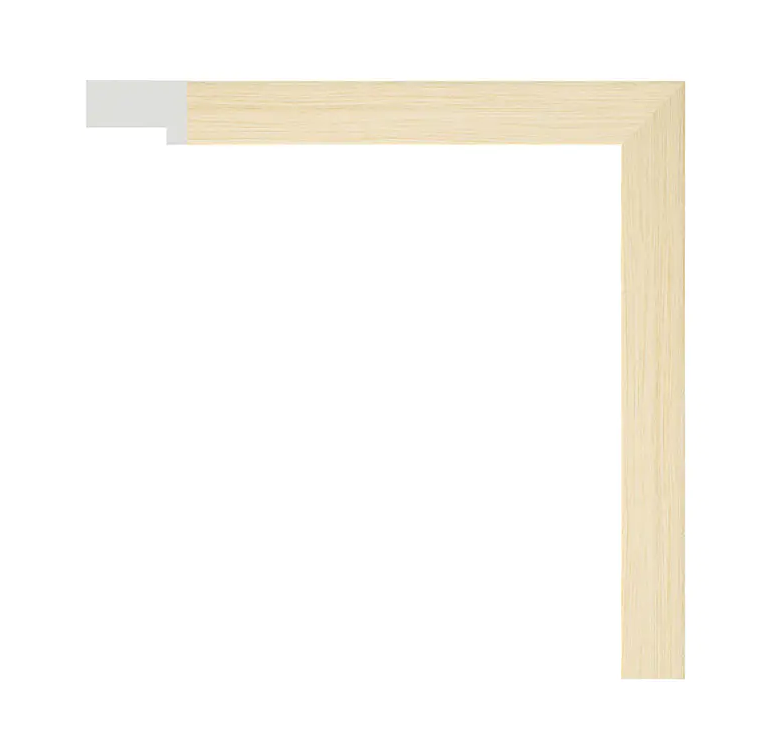When selecting mouldings for interior decoration or renovation projects, the choice often narrows down to two popular options: engineered wood and natural solid wood. Each has its characteristics, making it important to understand their respective advantages and disadvantages before deciding which is best suited for your project. Among engineered products, MDF Framing Moulding is frequently compared with traditional hardwood mouldings.
Cost and Affordability
One of the most compelling reasons homeowners and builders choose engineered trim is its lower price point. Medium-density fiberboard offers a more affordable alternative to solid wood while maintaining a visually smooth and consistent finish. For budget-conscious renovations or large-scale interior installations, engineered mouldings can reduce costs without severely compromising aesthetics. Solid wood, on the other hand, is significantly more expensive, particularly in premium species like oak, maple, or cherry.
Surface and Paint Finish
Engineered trim products typically have a smoother surface than their natural counterparts due to their uniform fiber composition. This makes them ideal for painted finishes, as the absence of knots or grain patterns results in an even, blemish-free appearance. Solid wood may contain natural imperfections such as resin pockets or grain variations, which can complicate the painting process unless extensive preparation is done. However, for those who prefer stained finishes to highlight natural wood grain, real wood is unmatched in authenticity and richness.
Durability and Strength
When it comes to strength and resistance to physical damage, solid wood outperforms engineered alternatives. Natural wood is more impact-resistant and better suited for high-traffic or high-contact areas. Engineered options, while strong enough for most indoor applications, are more vulnerable to dents and edge chipping. They may also split more easily when nailed improperly.
Moisture Sensitivity
One of the key drawbacks of MDF-based trim is its sensitivity to moisture. If left unsealed or exposed to humidity over time, it can swell or deteriorate. Solid wood is also affected by moisture but tends to fare better in environments with fluctuating humidity. It can expand or contract, but usually does not lose its structural integrity unless severely compromised.
Workability and Installation
Engineered mouldings are typically easier to cut, shape, and install than hardwood trims. They do not splinter as much and offer uniform density, making them a favorite among DIY enthusiasts. Additionally, longer lengths are often available, which helps avoid seams in large spaces. However, solid wood can be more forgiving when fastened with nails or screws and is generally preferred by craftsmen who value long-term durability and the ability to sand or refinish.
Environmental Considerations
Some homeowners prefer engineered trim because it utilizes wood by-products and can be considered a more sustainable use of resources. However, these products may contain formaldehyde-based resins, raising concerns for indoor air quality. Solid wood, being a natural material, is often considered the healthier choice when sourced responsibly.
Conclusion
In summary, both options offer clear benefits and notable limitations. MDF Framing Moulding is a cost-effective, easy-to-install solution ideal for painted applications and low-impact areas. Solid wood, while more expensive, provides superior strength, longevity, and a natural aesthetic. The decision ultimately depends on the project’s specific demands, budget, and desired finish.
Molding Use: Picture Frame
Material: PS
Color: Light Grain
Width: 2cm
Height: 1.6cm
Robbet: 1.1cm
Length: 3m
